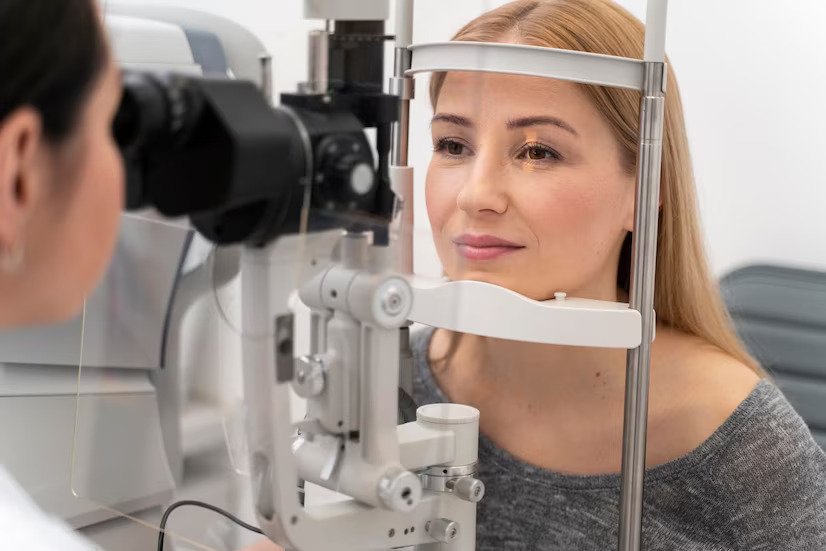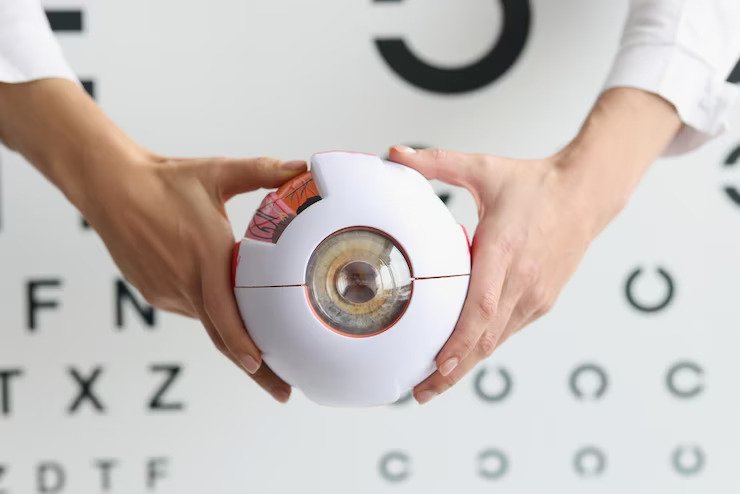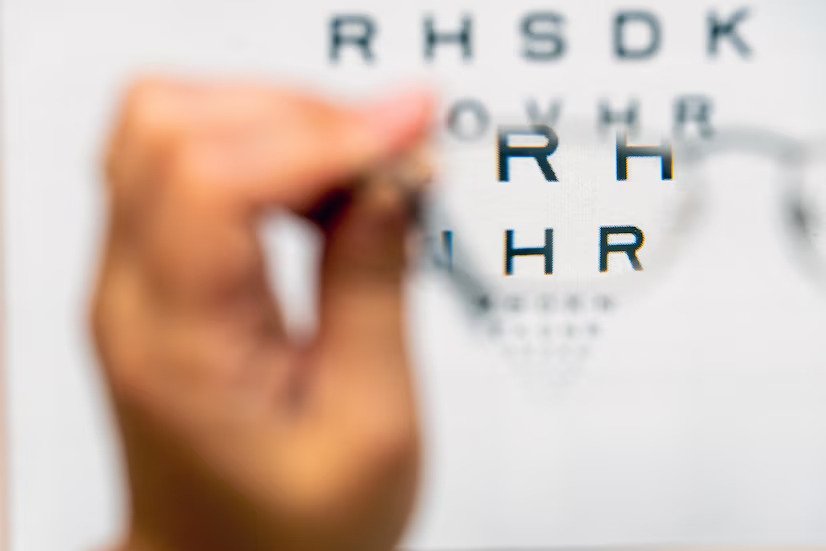Diagnosing Astigmatism: The Crucial Role Of Regular Eye Exams And Various Tests To Detect Astigmatism
Astigmatism is a very common error that is refractive in nature. It occurs when the cornea or lens of the eye has an irregular shape, causing blurred or distorted vision.
Early detection and diagnosis are essential for effective treatment with corrective eyewear, such as glasses or Acuvue Oasys astigmatism specialized contact lenses, to improve vision and maintain optimal eye health.
This article will discuss the importance of regular eye exams and the different tests used by eye care professionals to diagnose astigmatism.
The Importance of Regular Eye Exams

Regular eye exams are crucial for maintaining overall eye health and detecting any vision problems, including astigmatism. During an eye exam, an eye care professional will assess your eye health, measure your visual acuity, and determine if you require corrective eyewear, such as glasses or contact lenses.
Some key reasons to prioritize regular eye exams include:
- Early detection: Identifying astigmatism early can prevent further vision deterioration and ensure timely treatment with corrective eyewear, promoting better eye health and improved vision
- Accurate prescription: Regular eye exams help ensure that your prescription for glasses or contact lenses remains up-to-date, providing optimal vision correction.
- Comprehensive eye health assessment: In addition to diagnosing astigmatism, eye exams also detect other eye health issues, such as glaucoma, cataracts, or age-related macular degeneration.
- Monitoring progression: Astigmatism can change over time, and regular eye exams allow your eye care professional to monitor any changes and adjust your prescription accordingly.
Tests Used To Diagnose Astigmatism

During a comprehensive eye exam, an eye care professional will conduct several tests to assess your vision and determine if you have astigmatism. Some common tests include:
Visual acuity test: This test measures the sharpness of your vision by asking you to read letters on a Snellen chart at a specific distance. A visual acuity score, such as 20/20 or 20/40, indicates how well you can see compared to a person with normal vision.
- Refraction test: A refraction test helps determine the prescription needed to correct your vision. During this test, an eye care professional will use a phoropter, a device placed in front of your eyes with various lenses, to determine the lens power required to provide clear vision. As you look through the phoropter, the eye care professional will change the lenses and ask you which lens provides better clarity.
- Keratometry: This test measures the curvature of your cornea using an instrument called a keratometer. By shining a light onto your cornea and measuring the reflection, the keratometer can determine if your cornea has an irregular shape, which may indicate astigmatism.
- Corneal topography: A more advanced test for diagnosing astigmatism, corneal topography uses a specialized computerized instrument to create a detailed map of your cornea’s surface. This map can reveal any irregularities in the corneal curvature, helping to diagnose astigmatism and guide the fitting of contact lenses.
- Autorefraction: An autorefractor is a computerized instrument that measures the refractive error of the eye, including astigmatism, by assessing how light travels through the eye and onto the retina. This test provides a preliminary estimate of your prescription, which the eye care professional will refine during the refraction test.
Astigmatism, a prevalent refractive error, can significantly impact your vision and overall quality of life. Regular eye exams play a vital role in detecting astigmatism early, ensuring accurate prescriptions for glasses or contact lenses, and maintaining optimal eye health. By undergoing comprehensive eye exams, you provide your eye care professional with the opportunity to assess your vision, monitor any changes in your astigmatism, and adjust your prescription as needed.
In addition to the tests mentioned above, your eye care professional may use other diagnostic tools or techniques to evaluate your vision and eye health thoroughly. It’s essential to discuss any concerns or symptoms you may have with your eye care professional during your eye exam.
Once astigmatism is diagnosed, your eye care professional will help you determine the most suitable treatment option, such as glasses, contact lenses, or even refractive surgery, depending on your individual needs and preferences. Regular follow-up appointments will ensure your treatment remains effective and your eyes stay healthy.
In summary, prioritizing regular eye exams and being aware of the different tests used to diagnose astigmatism are critical steps in maintaining excellent vision and eye health. By working closely with your eye care professional, you can ensure that any astigmatism is detected early and treated effectively, allowing you to enjoy the best possible vision and quality of life.
Read Also:
- Health Guide: Focus On These Essential Factors For A Vibrant Life
- 5 Signs You Need To See An Eye Doctor
- Top Natural Treatment For Black Eyes



